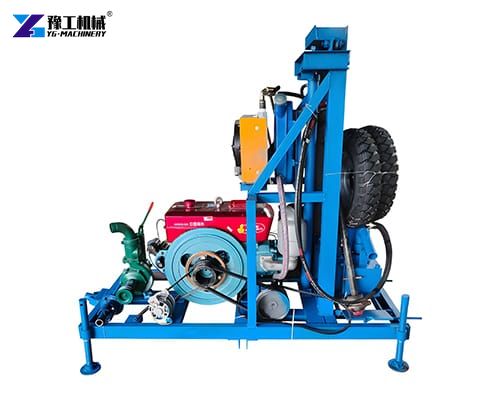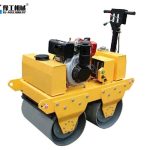Small spider crane is a miniature version of traditional cranes, engineered for versatility and maneuverability in confined areas, also known as a “mini spider crane” or “compact spider crane. The popular models for weighing 5T and 10T feature a unique spider-like design with outrigger legs that provide stability on uneven terrain. Unlike larger cranes, its compact size allows it to operate in spaces where conventional machinery cannot, making it ideal for indoor and outdoor projects alike.
Features of Small Spider Crane
Compact Design: The most defining trait of a mini spider crane is its ability to fold into tight dimensions, often fitting through standard doorways or elevators.
Variable Outriggers: Adjustable legs distribute weight evenly, ensuring stability on slopes, soft ground, or narrow surfaces.
Wireless Remote Control: Operators can manage lifts from a safe distance, improving visibility and reducing on-site risks.
Benefits of Using Mini Spider Cranes
1. Enhanced Safety
Traditional lifting methods often rely on manual labor or larger machinery, which can increase the risk of accidents. Small spider cranes minimize human involvement in heavy lifting, reducing injuries from falls, strains, or dropped objects. Their remote-controlled operation keeps workers at a safe distance during critical lifts.
2. Cost Efficiency
While the upfront cost of a mini spider crane may seem significant, its long-term benefits outweigh the investment. By speeding up projects, reducing labor requirements, and minimizing material damage, these cranes lower overall operational expenses. Rental options also make them accessible for short-term projects.
3. Versatility Across Industries
From construction and renovation to event setup and art installation, small spider cranes adapt to diverse environments:
- Construction Sites: Lifting materials to upper floors, positioning steel beams, or installing glass facades.
- Indoor Renovations: Navigating narrow hallways, elevators, or staircases to move heavy fixtures.
- Tree Care: Safely removing large branches or trunks in residential areas.
- Theater/Event Production: Hoisting lighting rigs, stages, or set pieces in tight venues.
- Museums/Art Galleries: Installing sculptures or fragile exhibits without damaging infrastructure.



